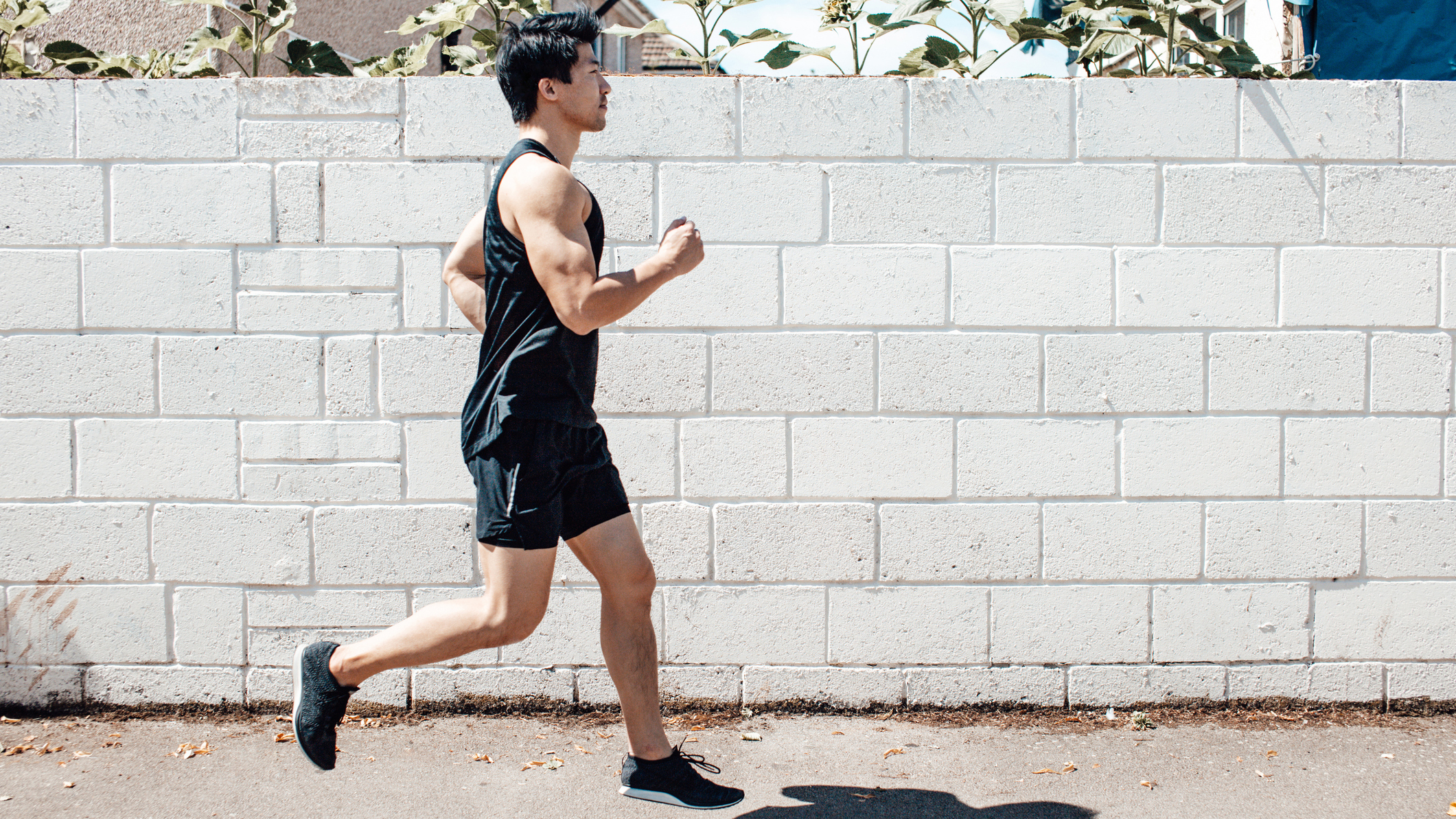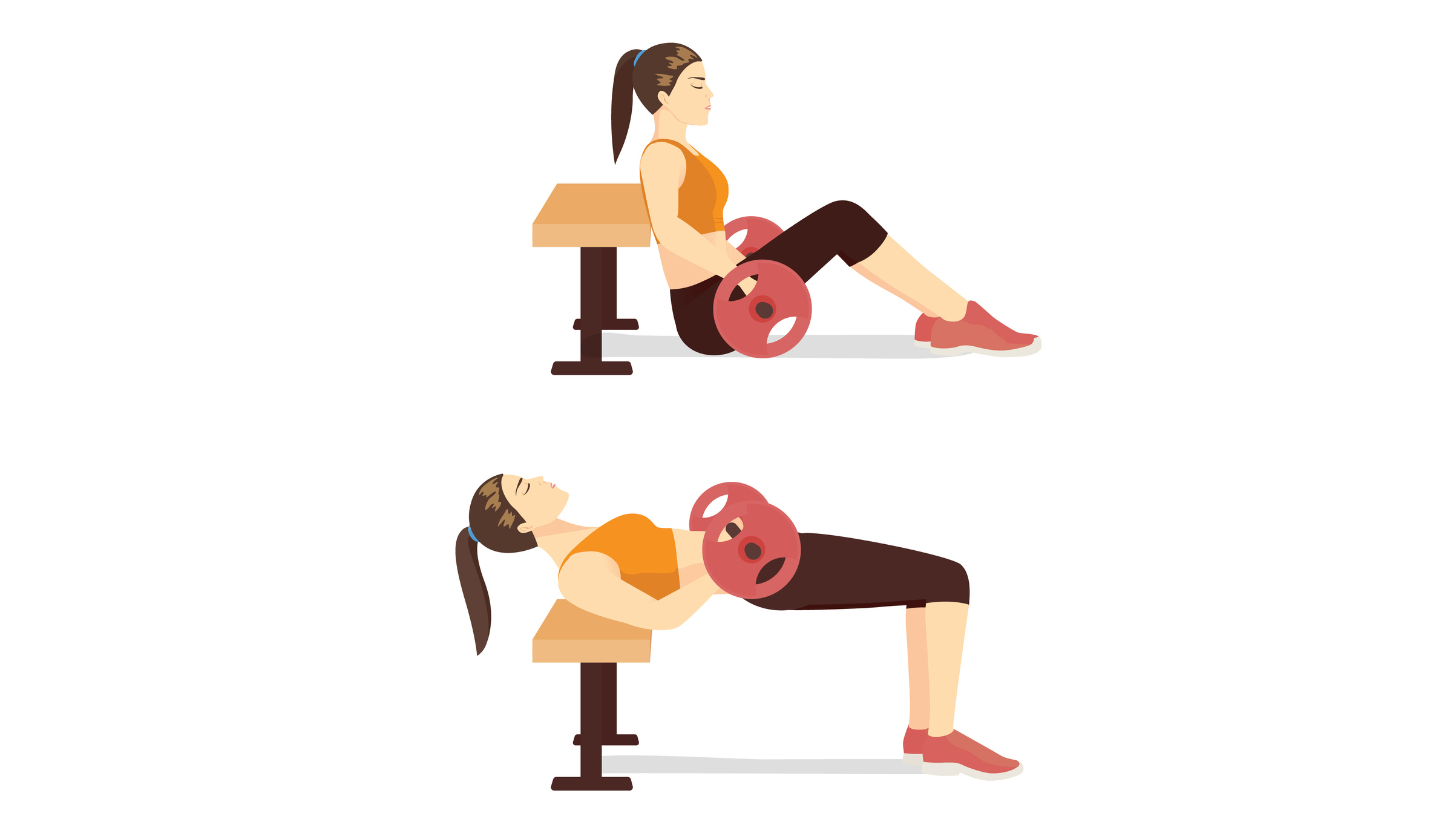Cross training for runners: Improve your runs in the gym or at home
How cross training for runners can boost your running performance and help you hit those new PBS


Often, runners like running at the expense of all other sports (unless they’re a triathlete). Any spare moment you have to train that’s not running can make you feel like you’re missing out on reaching your weekly mileage target, especially if you’re training towards a specific race.
It's time to lace up your best cross training shoes instead of running shoes every so often, as forgoing all else except running can be a misjudged way of thinking. You will build endurance and speed, but you’ll also increase your risk of injury – Sports Medicine found that the annual average incidence rate for injuries in runners is 37-57%.
However, spend an hour or two a week doing cross-training and you’ll begin to see multiple benefits to your strength and power as well as reduced injury levels due to building muscle and strength in joints and tendons. Many studies have shown this, including the Journal of Strength & Conditioning, which found that runners who performed a strength and conditioning programme 2-3 times a week for 8-12 weeks saw improvements in their running economy (your body’s efficiency at converting oxygen consumption into forward motion).
According to Flo Seabright, personal trainer and founder of FBF Collective, cross training, in particular resistance training, is a great way to improve strength and stability around your joints. “It also helps improve overall running power and speed, as well as helping to prevent and manage injuries long-term.”
With Flo’s help, we’ve put together a guide to cross training for runners, with advice on how strength and conditioning sessions can improve your runs in the gym or at home.

Cross training for running speed and power
Using gym-based training and strength workouts will have a positive effect on your running performance by building running speed and power.
To do this, Flo advises using explosive movements as part of your workout or circuit. “Plyometric exercises, such as box jumps or other movements emphasising the concentric phase, can work well. Alongside this, working on core strength, posture, mobility and movements that build strength and stability around your joints is key.”
Start your week with achievable workout ideas, health tips and wellbeing advice in your inbox.
This could mean incorporating core exercises such as planks or bicycle crunches, upper-body exercises such as rows and presses, and lower-body strength exercises such as lunges, squats and deadlifts (check out our how to deadlift guide here).
Build a programme like this into your training schedule once or twice a week and you’ll begin to see improvements to your running speed and power, which is something all runners will appreciate.
Cross training for running endurance
If you’re training towards a marathon or longer-distance ultramarathon race, you’ll be looking to increase your running endurance, and cross training can help with this. Building in regular circuit-style workouts can help improve endurance by providing an aerobic challenge with limited rest periods.
“Using end-of-session finishers – typically short aerobic blasts utilising a combination of cardiovascular equipment and explosive movements – can also be useful,” says Flo.
“Although circuit-style workouts can be a useful and time-efficient option, some areas of your strength training will require stand-alone sessions,” she adds. “In this case, it may be useful to build in other types of aerobic exercise, such as swimming, rowing or cycling, around your gym-based workouts and runs to help improve your endurance levels.”

A cross training workout for runners
Taking all this advice on board, Flo has put together a cross-training programme designed specifically for runners to help build strength, speed and power. You can do this circuit in a gym, or it can be performed at home if you have a barbell and resistance band fixed to an immovable object for the pallof press.
Warm-up: 5-10mins of light cardio, such as treadmill jogging.
Circuit: {erform 3-4 circuits of the below, with one minute rest between circuits. For unusual or advanced moves, we've provided links to how-to YouTube content.
- Deadlift (tempo: three seconds lift, 0 seconds hold, one second down, 0 seconds hold) x 6-8 reps
- Pallof press (tempo: two seconds press out, one second hold, two seconds pull in, one second hold) x 12 reps each side
- Lunges (tempo 3-0-1-0) x 10 reps each foot
- Dumbbell shoulder push press x 10 reps
- Barbell hip thrust (tempo 3-0-1-0) x 12 reps
- Hollow hold rocks x 20 reps
Howard is a freelance health and fitness journalist and copywriter. He has written for publications including ShortList, Runner’s World, Trail Running, Women’s Running, Red Bulletin, Wareable and Cycling Weekly. He enjoys nothing more than lacing up his trail shoes and heading out to explore new trails. He’s run ultramarathons everywhere from the French Alps and Canadian mountains to the Welsh coast and Peak District. When not running, he’s usually found hitting his local MTB singletrack trails or on a quest to find the country’s best cinnamon bun.
